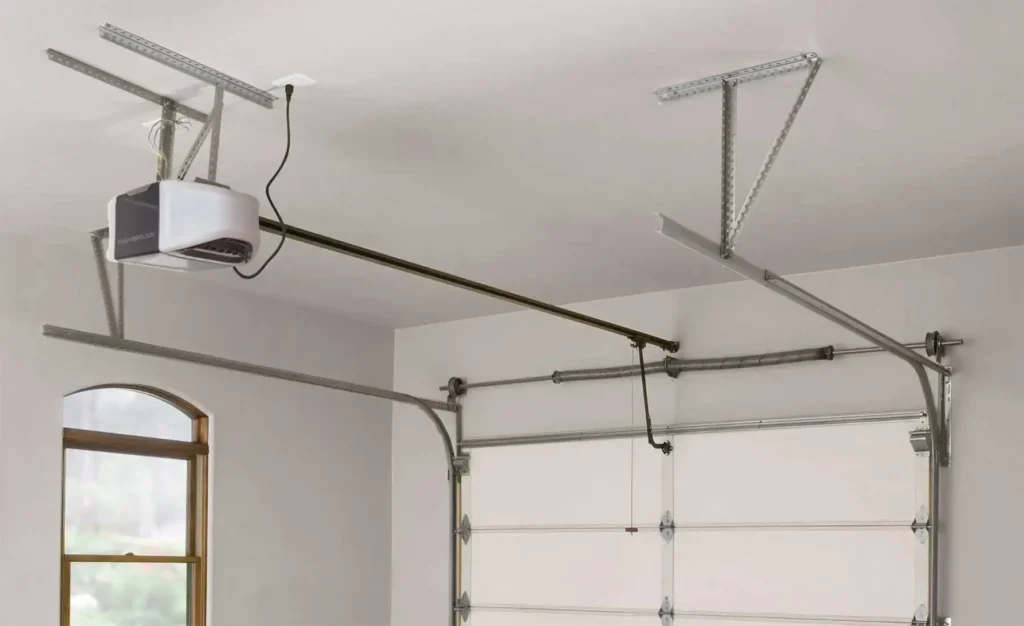Garage door springs, though often overlooked, play a pivotal role in the smooth functioning of your garage door. Understanding their lifespan and knowing when it’s time for replacement is essential for maintaining the security and efficiency of your garage. In this comprehensive guide, we’ll delve into the intricacies of Garage Door Spring Replacement, providing valuable insights and tips to ensure your garage door operates flawlessly.
Decoding the Lifespan of Garage Door Springs
The Finite Lifespan
Like any mechanical component, garage door springs have a finite lifespan. The average lifespan varies based on factors such as usage frequency, environmental conditions, and the quality of the springs. Typically, standard torsion springs last around 10,000 cycles, while extension springs have a lifespan of about 7,000 to 10,000 cycles. A cycle is completed each time the door opens and closes.
Signs of Wear and Tear
Recognizing the signs of wear and tear is crucial in determining when your garage door springs are reaching the end of their lifespan. Look for visible gaps, rust, or an elongated appearance in the springs. Squeaking or creaking sounds during operation can also indicate that the springs are losing their elasticity. Any of these signs should prompt immediate attention to prevent unexpected failures.
When to Consider Garage Door Spring Replacement
Age and Usage Frequency
As a general rule, if your garage door is more than ten years old and has been frequently used, it’s advisable to proactively consider garage door spring replacement. Aging springs are more prone to failure, and addressing the issue before it occurs can save you from potential inconveniences and safety hazards.
Professional Inspection
Regular professional inspections by certified technicians play a crucial role in assessing the condition of your garage door springs. Technicians can identify early signs of wear, provide recommendations, and perform timely replacements if necessary. This proactive approach ensures the longevity of your garage door system and prevents unexpected malfunctions.
Tips for Garage Door Spring Replacement
Hire Certified Technicians
While some homeowners may be tempted to tackle garage door spring replacement as a DIY project, it’s advisable to hire certified technicians. Certified professionals bring expertise, experience, and the necessary tools to ensure a safe and accurate replacement. Safety should always be a top priority when dealing with the high tension of garage door springs.
Consider Upgrading to High-Cycle Springs
If your garage door is a central part of your daily routine, upgrading to high-cycle springs might be a worthwhile investment. High-cycle springs are designed to endure a significantly greater number of cycles, providing extended longevity and reducing the frequency of replacements.
Ensuring a Smooth Operation
Understanding the lifespan of garage door springs empowers homeowners to take proactive measures for maintenance and replacement. Regular inspections, recognizing signs of wear, and timely professional interventions contribute to a garage door system that operates seamlessly. By incorporating these replacement tips, you not only enhance the lifespan of your garage door springs but also ensure the safety and efficiency of your entire garage door system.
To end, prioritizing the health of your garage door springs through proactive replacement is a key aspect of responsible homeownership. By staying informed and taking prompt action, you can enjoy the convenience and security of a well-functioning garage door for years to come.
Learn more:
DIY or Professional? Navigating Garage Door Spring Replacement

